Erez Marom Photography
On Originality in Landscape Photography
Posted on 8th December, 2022 - Back to Blog Listings
I wrote this article deep in Covid times. It was a rough time for a nature photographer who makes a living shooting around the world. This kind of time period sometimes makes us artists think about our life missions and convictions, and delve deeper into our beliefs and the way we view our art and what makes it worthwhile. While some people don't see photography as art, I definitely do, and for that reason I feel that a discussion is needed about what makes photography an art form rather than technical labor.
In this article, I'd like to discuss something I often mention in my articles, but have never tackled in full: the notion of originality. Originality in art in general, in photography and most specifically, in landscape photography. I'll try to compare it to the notion of originality in other kinds of art I've been involved with, and I'll talk about the different kinds and levels of originality and the methods I use to achieve it.
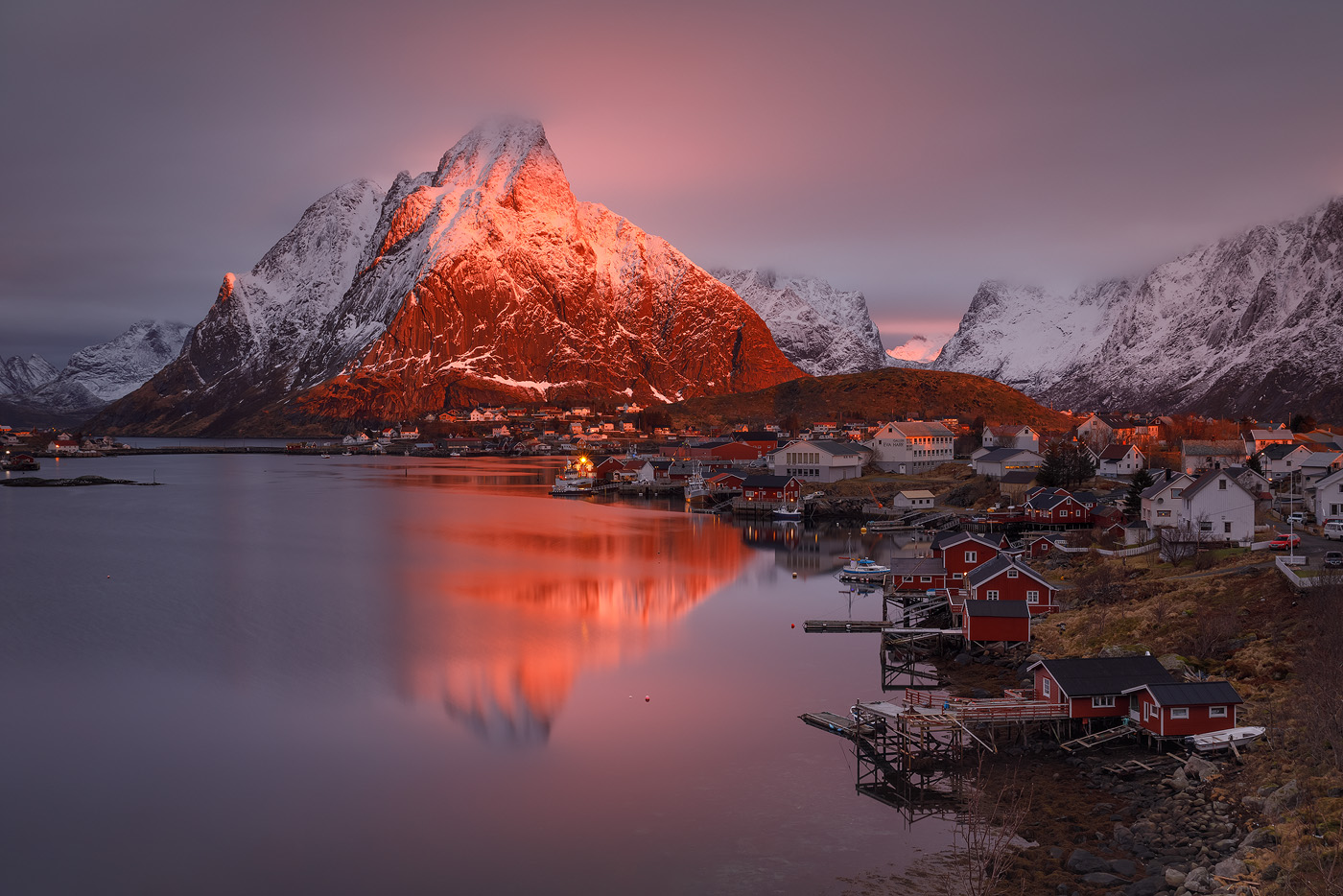
Photography is an extremely accessible pastime. A very large number of people have access to ever-improving photographic gear, to cheap flight tickets and to a large database of photographic locations, and they take more and more images around the world. When it comes to landscape shooting, people travel with their cameras all over the world, to many famous and beautiful locations. If you consider the number of locations and compositions worth shooting to be limited, then this fact is bound to result in very similar imagery being made again and again. This isn't a problem in itself, not at all. But the issue arises when someone is trying to create art.
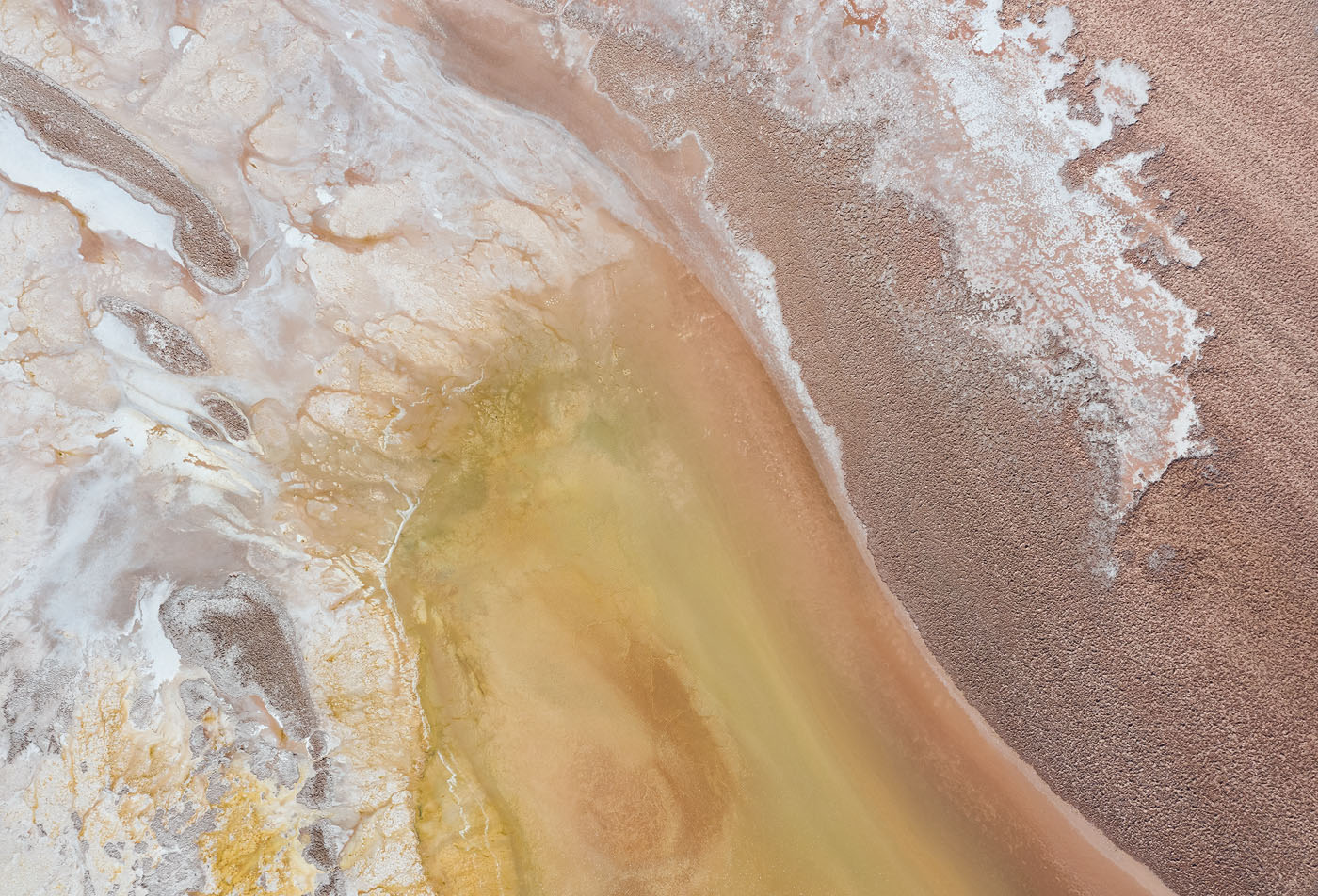
I have no intention of defining what art is – this article isn't the place for that and countless books have been written about it. I do, however, intend to share my personal view on the matter and claim that a minimum requirement, a necessary (but not unique) condition in order that a piece of work be considered artistic is some sort of creative aspect or originality. I'm sure anyone would agree that doing the exact same thing as someone else doesn't sound like making art, but different aspects of creativity have different measures of what it means to be creative, and so may indeed be treated differently. I think I could sum up my stance with a simple assertion: art equals creativity equals originality.
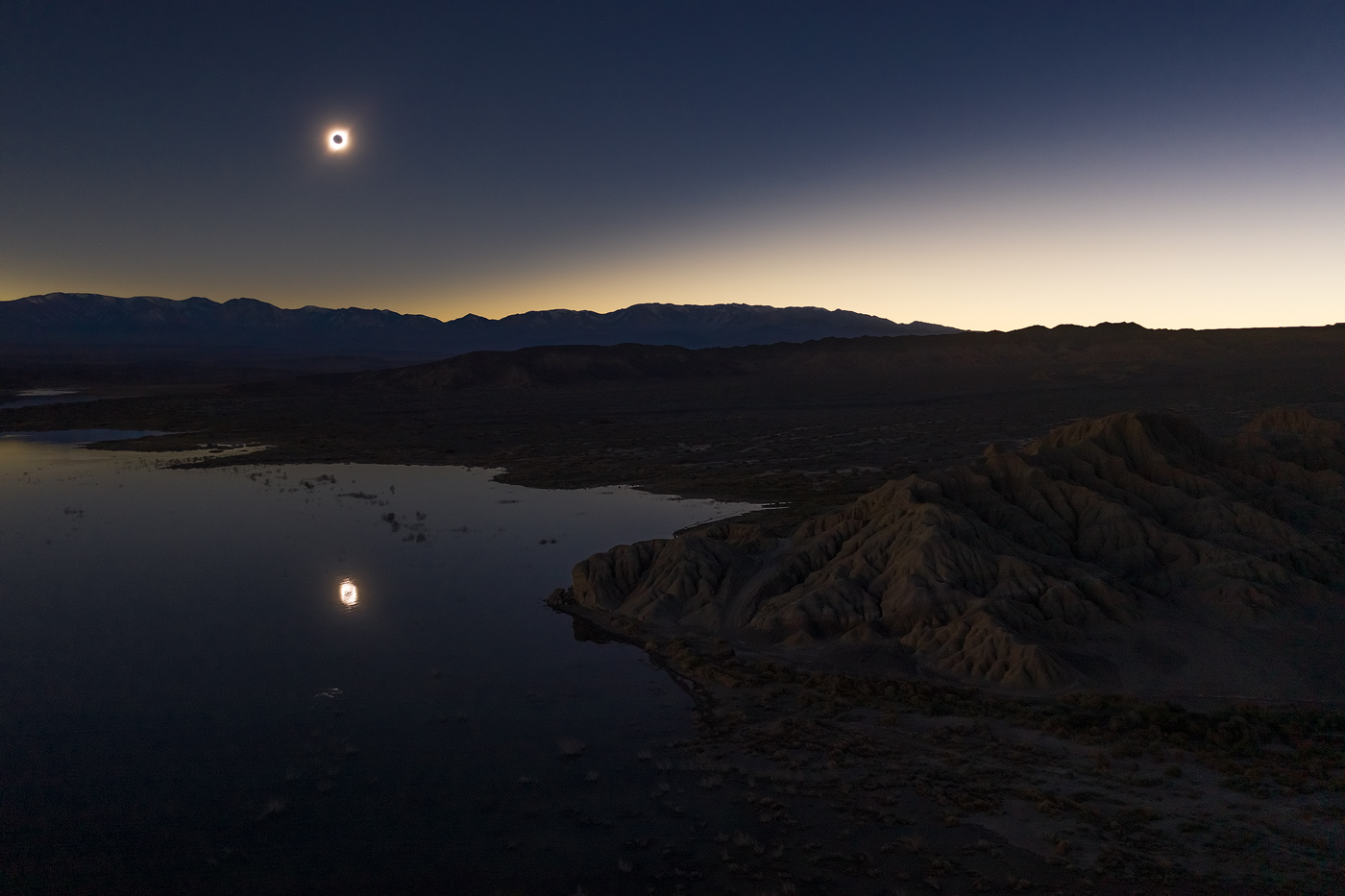
Creating art is different from shooting an image. For example, if a person creates an original, creative composition, then one could claim that this person has made art, regardless of the technical or compositional qualities of the image, even regardless of how interesting the subject matter is. But if someone then sees the image and copies it, that second person has not created art. This should make sense for most people, but evidently it's a standard many photographers don't follow. An overwhelming chunk of 'serious' photographic work is far from original, some images to a greater extent than the rest. Some photographers post blatant, almost exact copies of other people's work, and fail to mention that fact, as if it doesn't make a difference. But in reality, it makes all the difference.
Here is a story, and it's true. A friend of mine, a leading landscape photographer, once saw a person looking for a composition in a well–known location. When he talked to him, it appeared that the person had an iPad and was walking around with my friend's shot on the screen, trying to get the same exact shot. If this doesn't feel weird to you, we might disagree. But if it does, then I guess we can start discussing it.
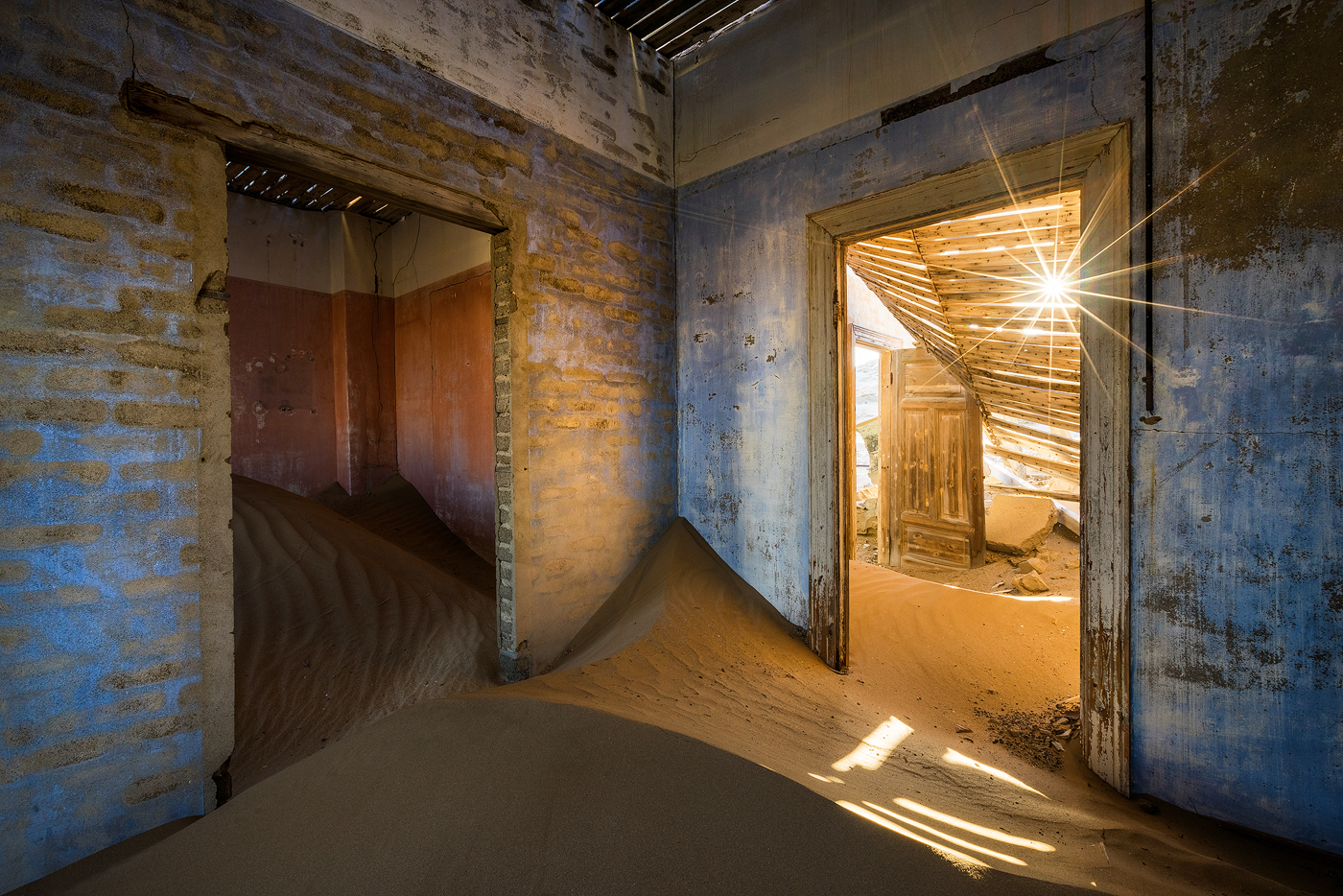
Let's take a step back and further explain what I said about art, by looking at a different fields. When looking at music, for example, I'd claim that in addition to writing new compositions, there surely exists such a thing as performance art, whereas in photography it does not exist. A musician could create art by interpreting someone else's creation in original ways. Many musical covers are very artistic and inventive, and use the original only as a framework for their creators' visions. A photographer cannot do the same with a composition, because the subject matter and composition themselves are the (almost) unique thing which is artistic and creative about a photographic piece of work. Copying a composition is the work of a technician, not of an artist. And while it may result in good imagery, it does not qualify as art, because it is neither creative nor new, in all manners that matter, anyway.
I'm sure some of you might be upset by this point. What am I actually saying here? Am I claiming that you're not allowed to shoot any composition that has already been shot? Not at all. I sure have done it, and I'll gladly agree that a few of the images on my site are not 100% original. But, whenever a shot isn't totally original, I will: a) credit the original creator of the composition (if I know who that is) and b) not consider it my own creation, or art.
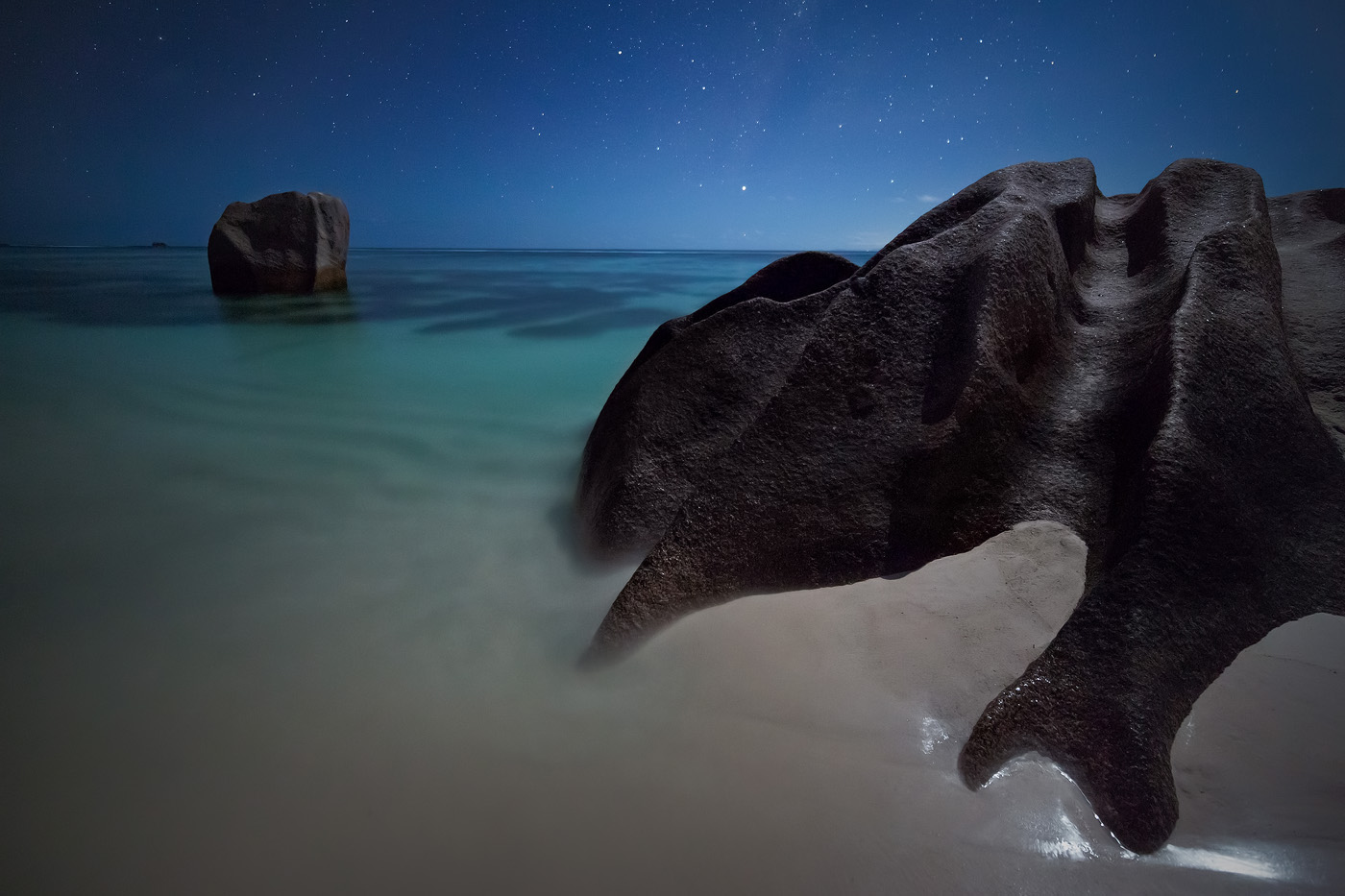
Still with music in mind – isn't it strange that if a musician copies another musician's work – even a small part of a composition – they are liable to be the subject of a lawsuit, while if a photographer shoots a blatant copy of someone else's composition (as opposed to posting someone else's work), there are absolutely zero consequences?
Alright, rant over. The major ray of light here is that once you realize that it's important, even critical, to create something new if you have the slightest interest in being an artist, you can go on and do just that. Simple, really. Or is it?
Let's talk about my area of expertise – landscape photography. How does one create an original landscape shot? What qualifies as original? I like to look at the different aspects of an image to give an assessment regarding how original it is. For example, an image might be taken in a very well–known, even over-shot place (for example, the iceberg beach in Iceland) and still be original by having an original composition. Even places like Deadvlei, Namibia could conceivably have hidden compositions yet to be discovered.
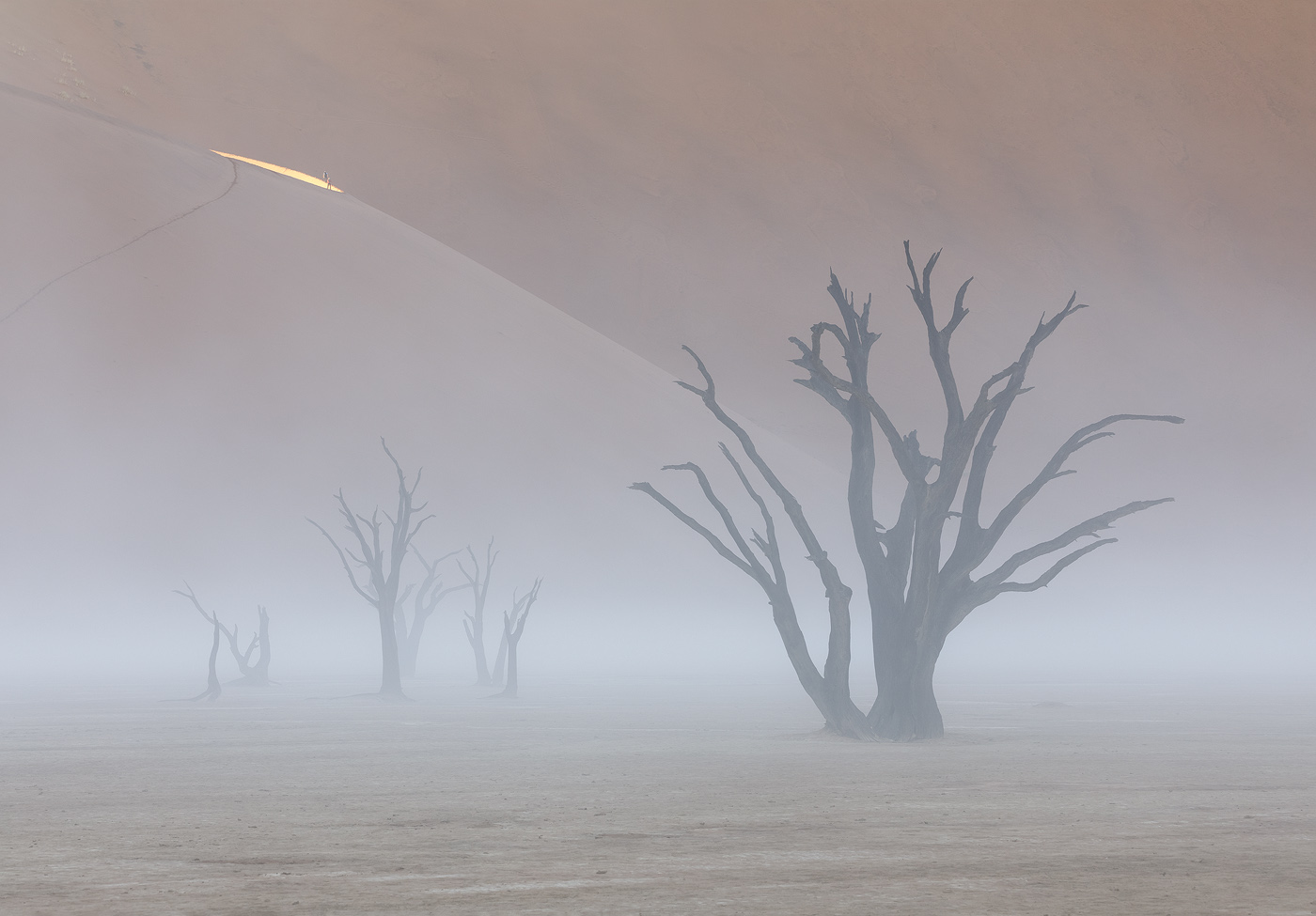
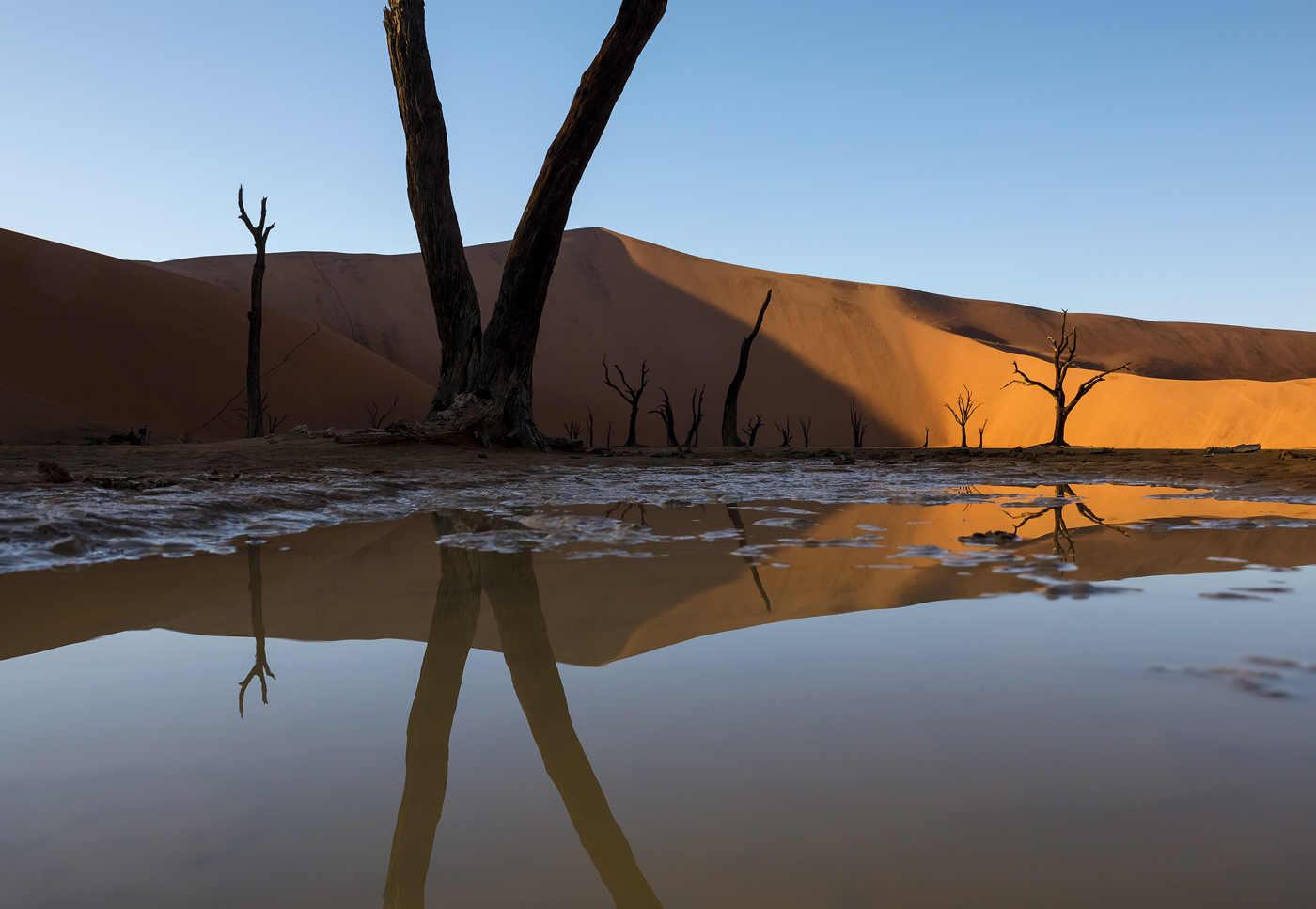
So the first criterion might be whether the shot was taken in a well–known location. We have all seen thousands of images like this – not only from Deadvlei, but from Iceland's Jökulsárlón, Norway's Reine and Hamnøy, the US's cypress swamps and more. These locations still hold original compositions, but it requires a lot of work to find them. When shooting over-shot locations, the photographer is bound to struggle finding anything original and creating art. It does still have value, especially for students and beginners, but for a serious artist in today's competitive market, it might cause a huge headache.
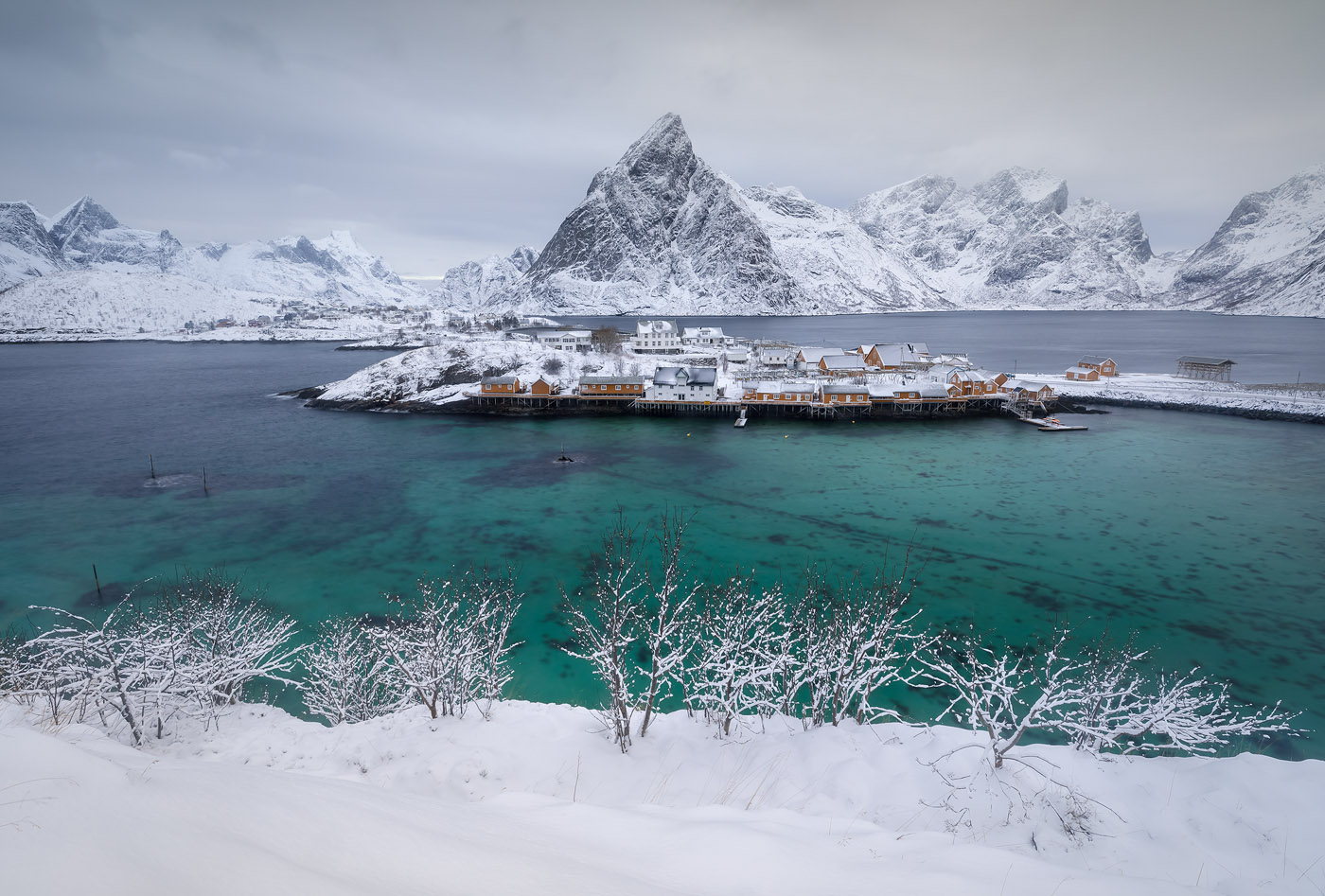
The answer is simple, if non–intuitive: stay away from overshot locations. Even if you love the shots you see from there, chances are you'll have a hard time coming up with your own thing after thousands of people studied every square centimeter of the place, and it's very probable that even if you find a new composition, it will look very similar to other people's. Why bother?
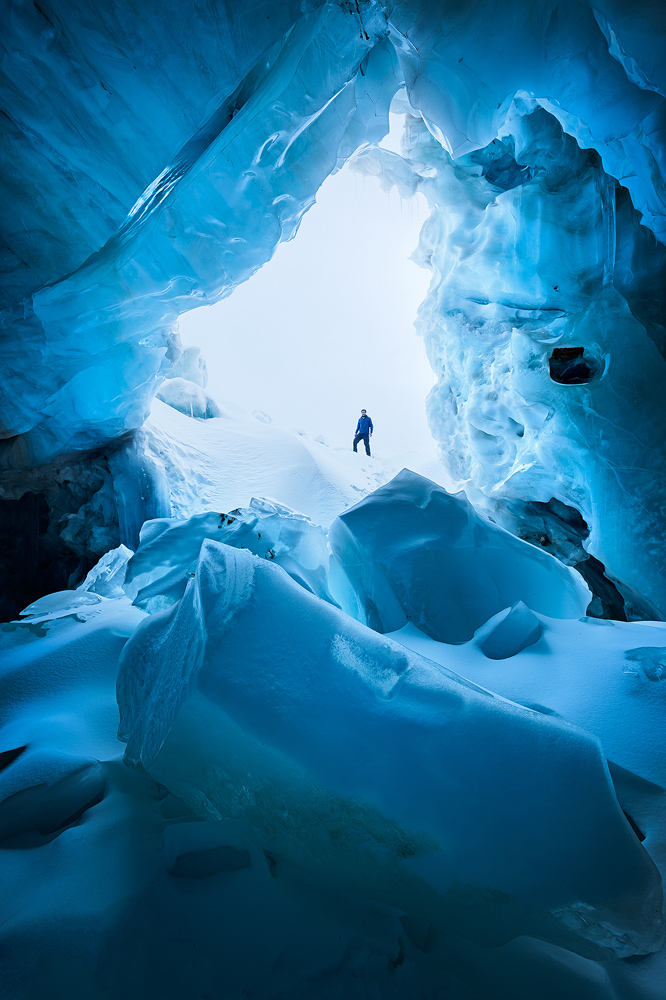
When you travel to new places, the playing field is wide open. You are free to explore the infinite possibilities the new location offers, and to implement your own compositional style to create art. Traveling is way easier than most people think, and in many places, cheaper than day–to–day life in western countries. Doing online research and discovering the photographic potential of faraway locations is one of the greatest pleasures a traveler has, and this is especially true when you travel to do photography. It surely is much easier and less exerting than trying to find an original composition in an overshot location.
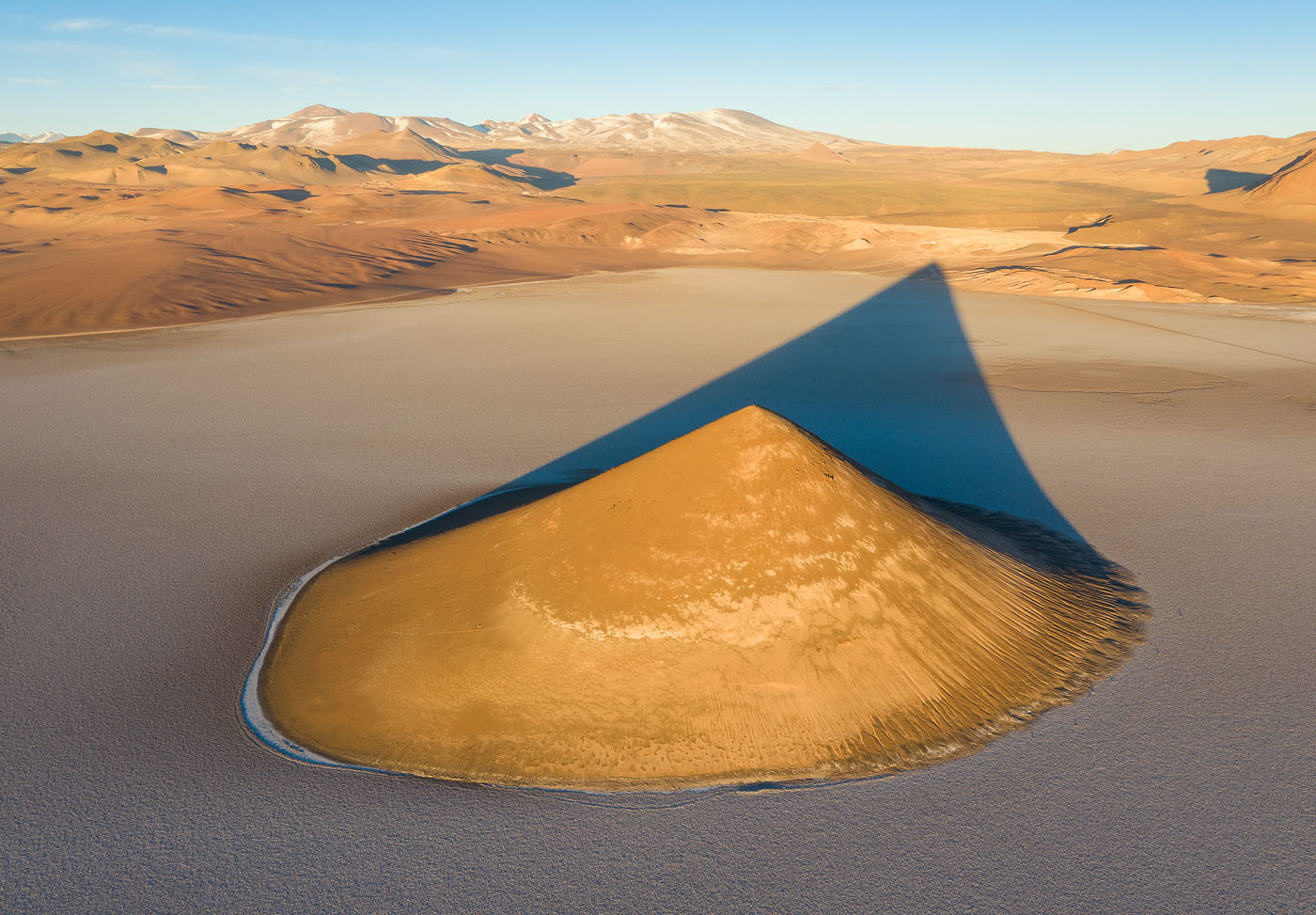
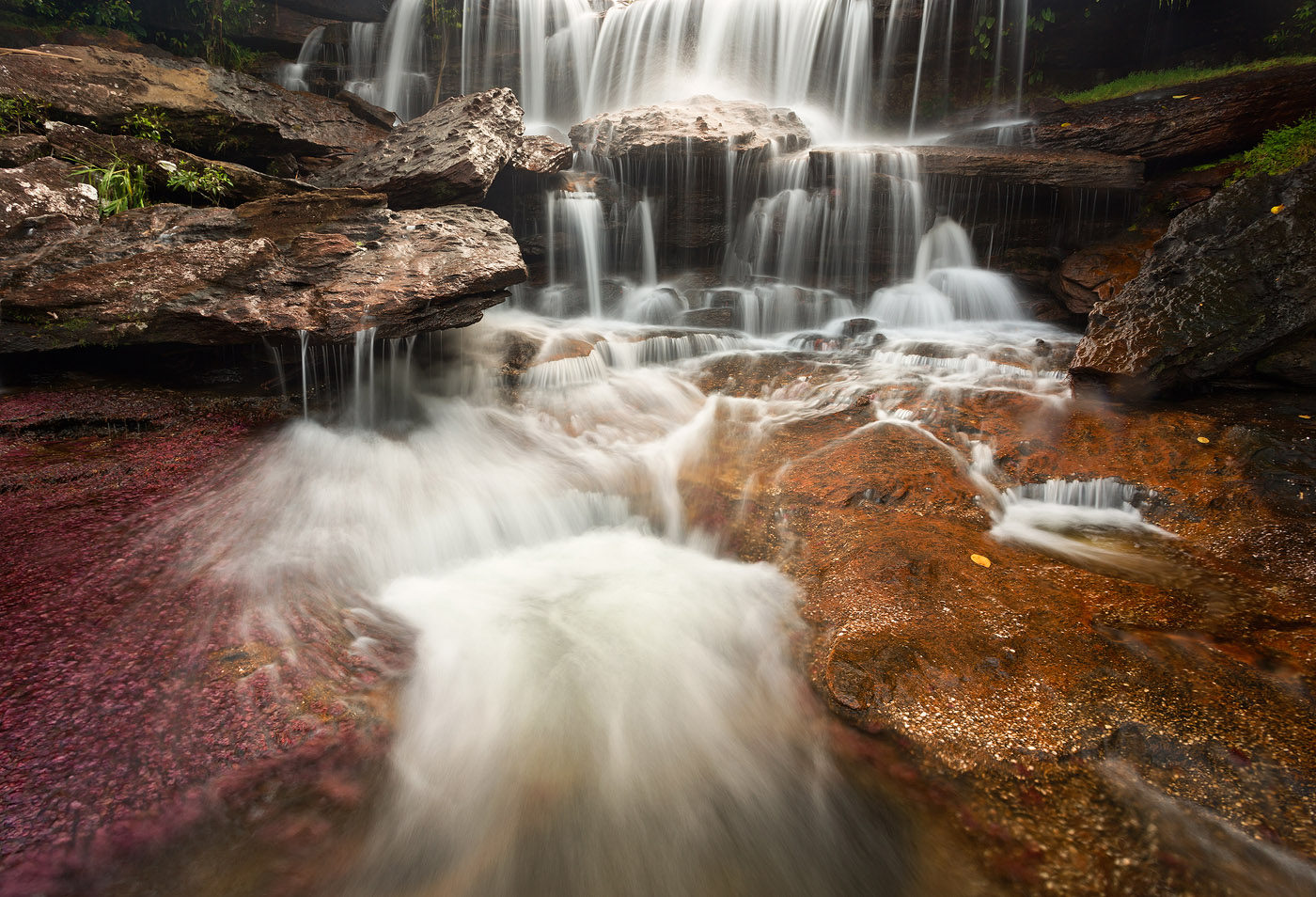
A second idea to help you find original compositions is being aware of opportunities a certain area offers outside your intended shooting locations. Many places offer beautiful scenes right at the roadside – and those are easy to miss if you're only concentrated on a few well–considered spots. But this very fact makes the neglected scenes highly likely to be original.
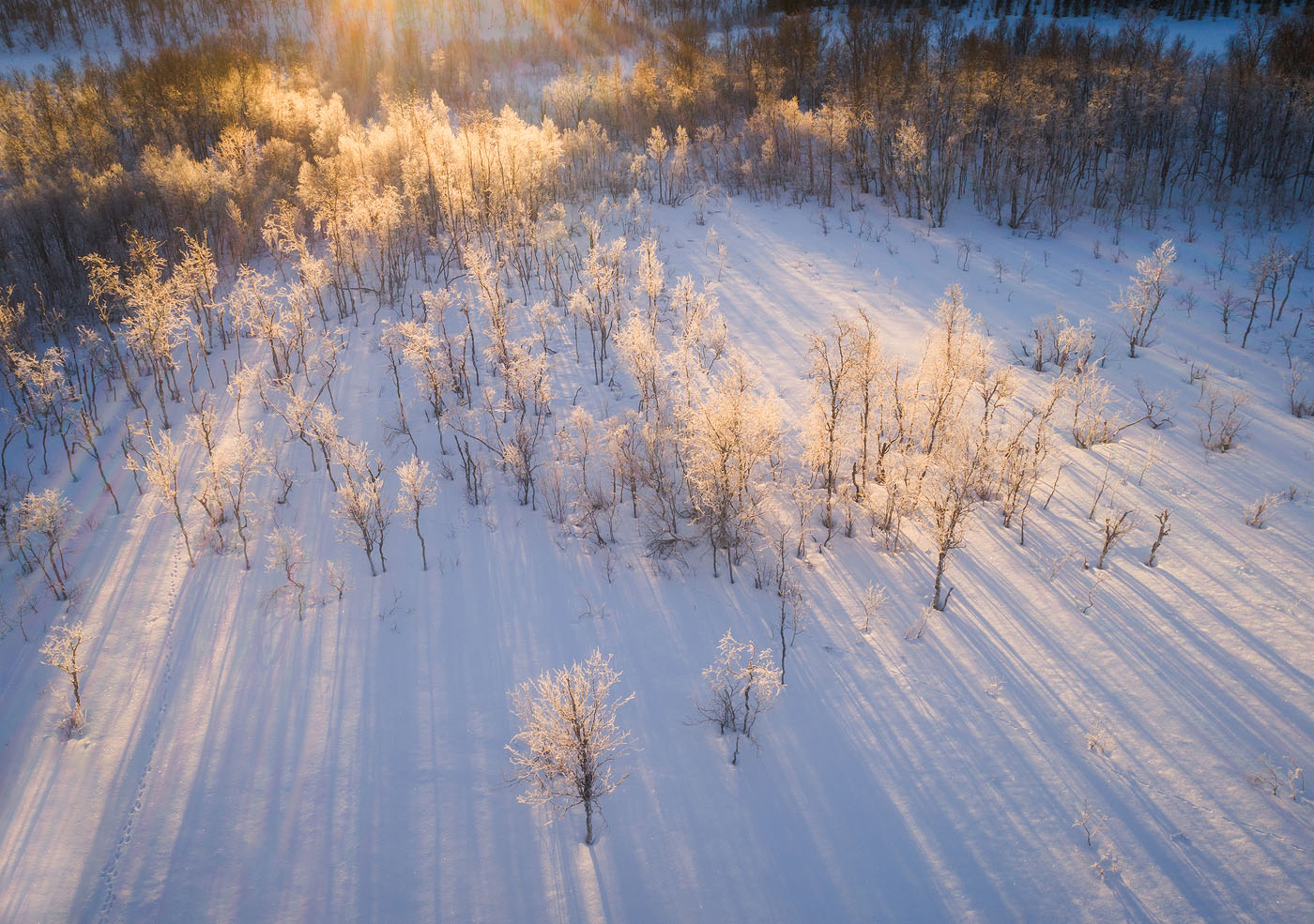
Roadside photography is tremendously fun and satisfying. It feels like you've found a treasure everyone else missed on – and created something new using that treasure. It's also very easy and doesn't require hiking. Using a drone to do roadside photography is even more efficient and fun, in that it allows you to effectively travel away from the road and into the landscape.
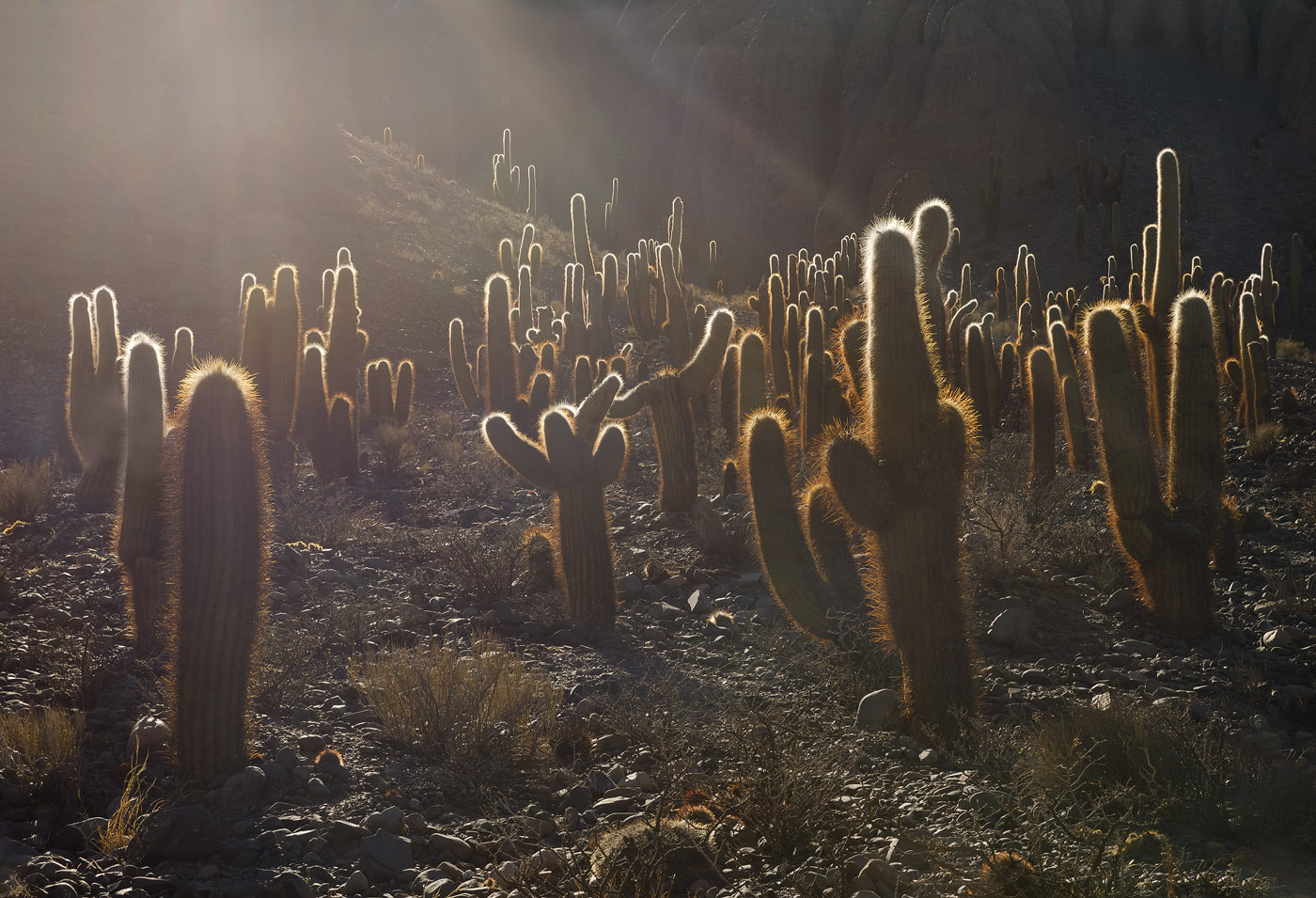
A third method you can use is shooting dynamic landscapes. I've written about this extensively before, so I won't elaborate here, but very briefly, it means trying to shoot landscapes which change with time, such as sand, ice and lava. Shooting something that changes over time means it hasn't been done before, and will probably not be done again not long after you've taken your shot. If you manage to score a good composition in a changing landscape, chances are you have a winner.
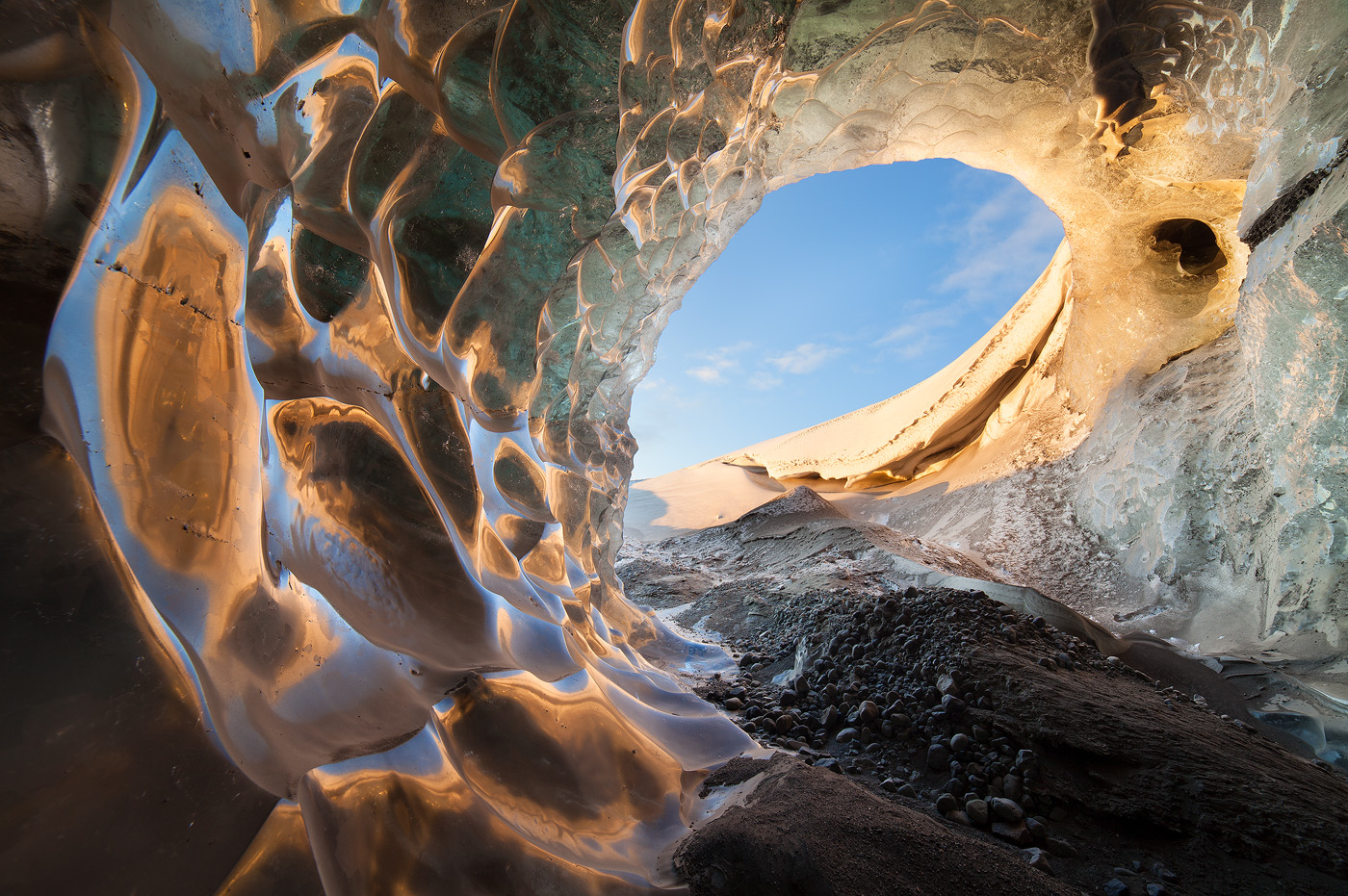
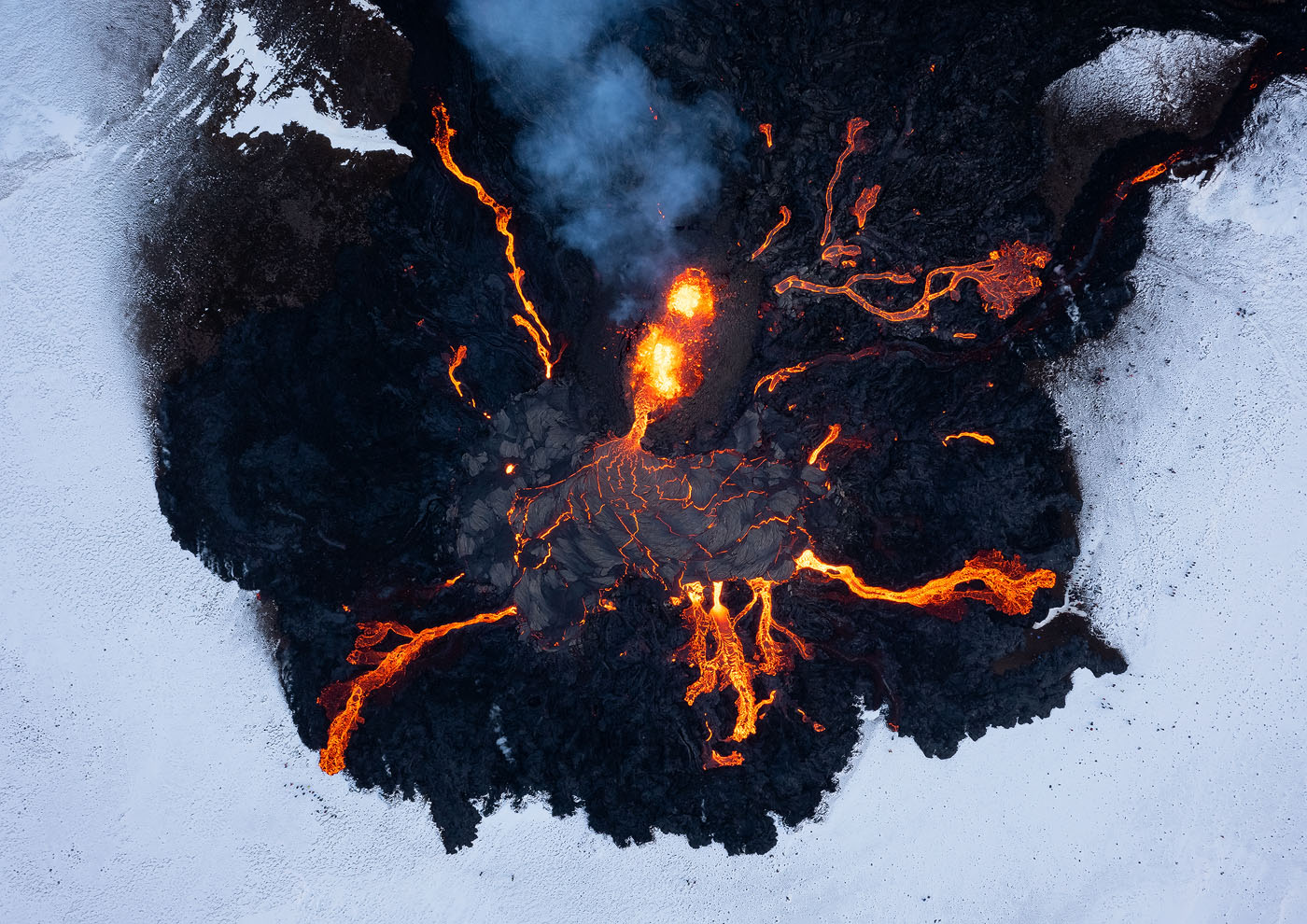
A related idea to shooting dynamic landscapes is going to places where extraordinary events are going to occur, or have occurred recently and their effects are still visible for a while. Volcanic eruptions, solar eclipses, flooding – all these can significantly alter the way a landscape looks for a limited amount of time, and allow for very original shots.
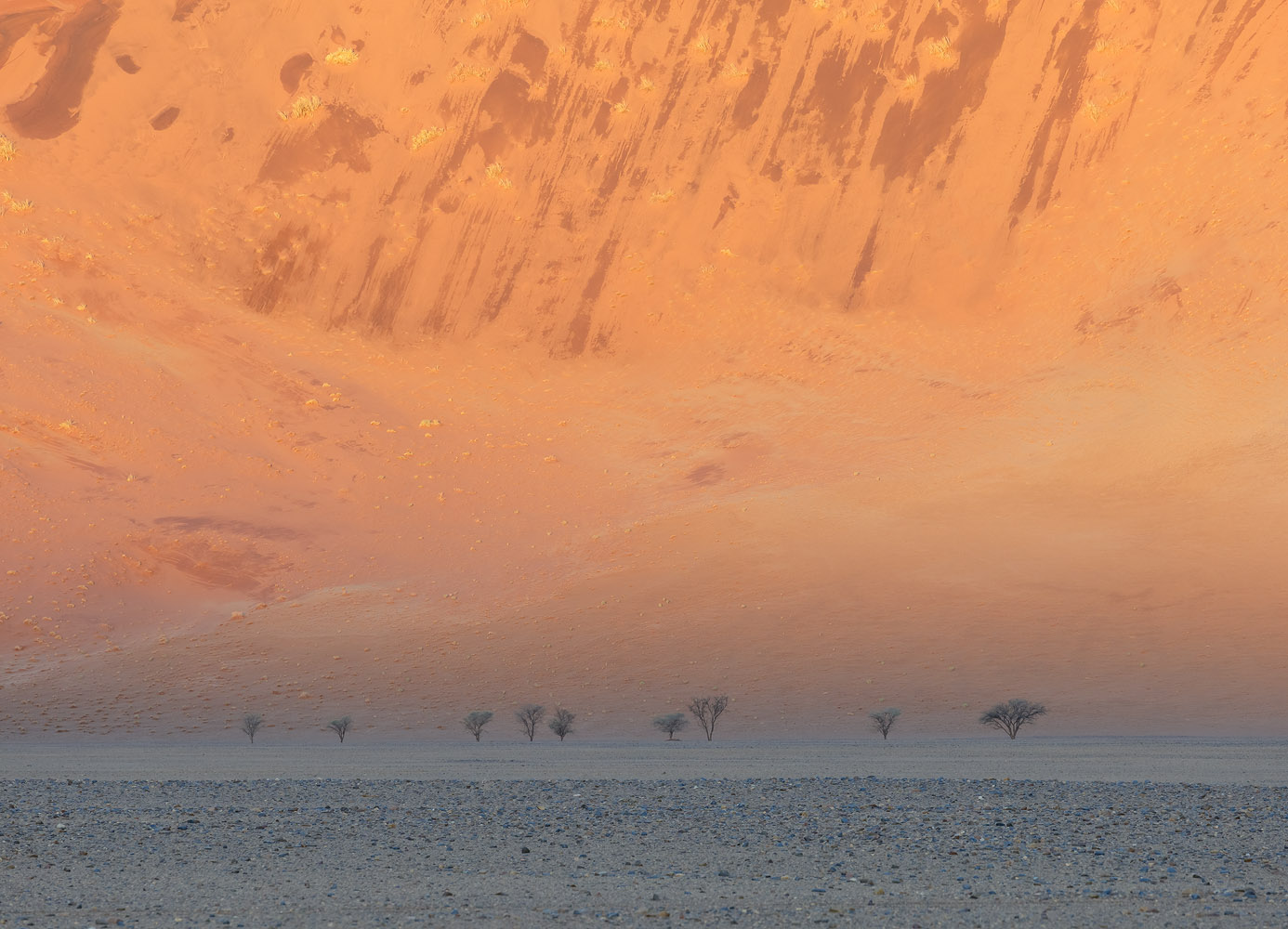
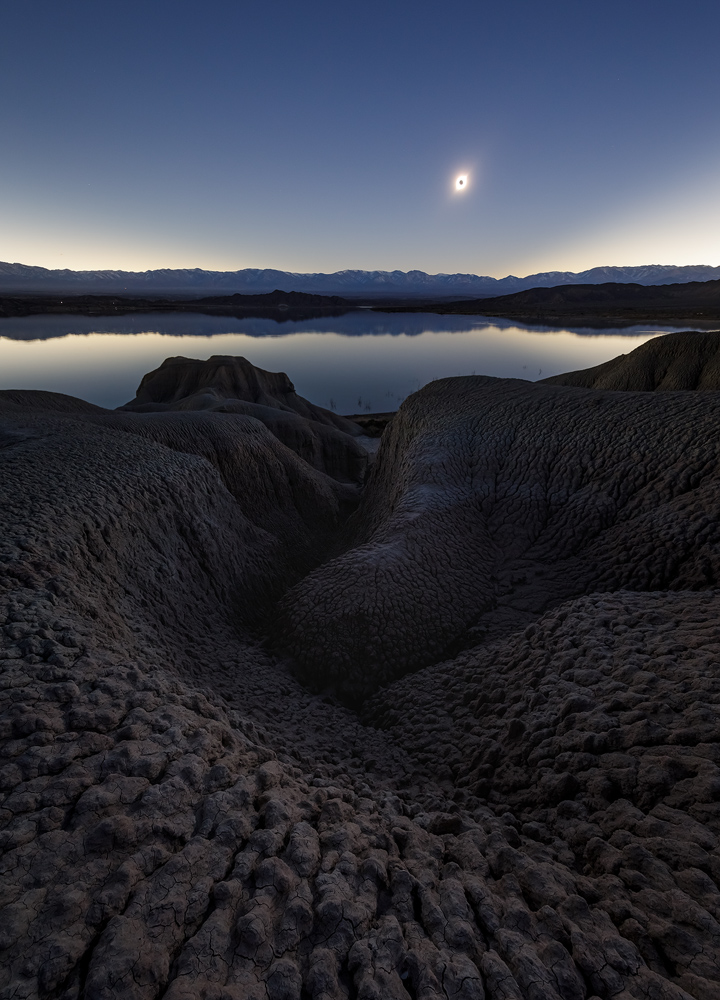
My final suggestion would be going to places which might be photographed, but offer infinite compositions due to sheer size. Admittedly, you may get images which might look similar to others, but you won't get the same exact compositions.
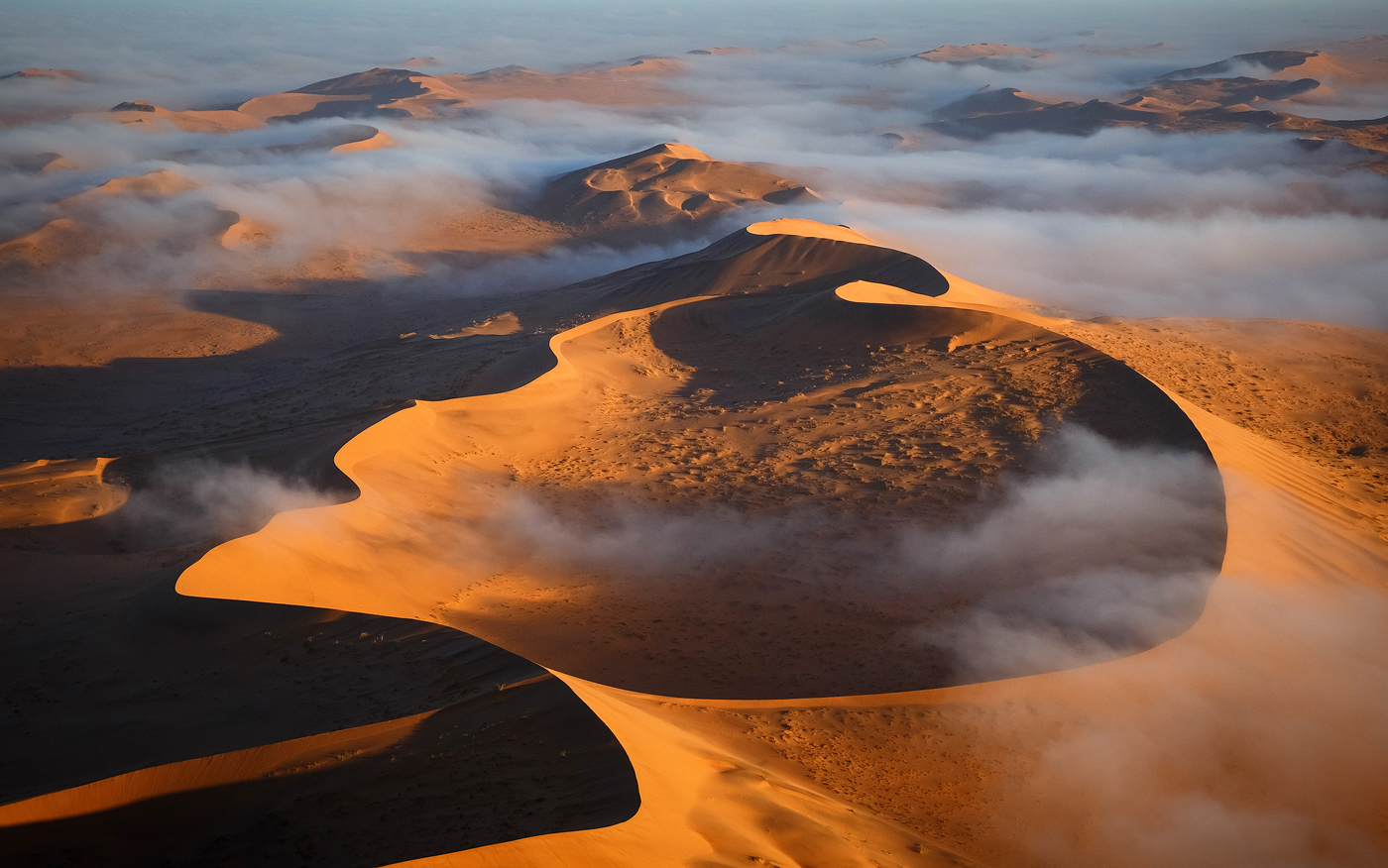
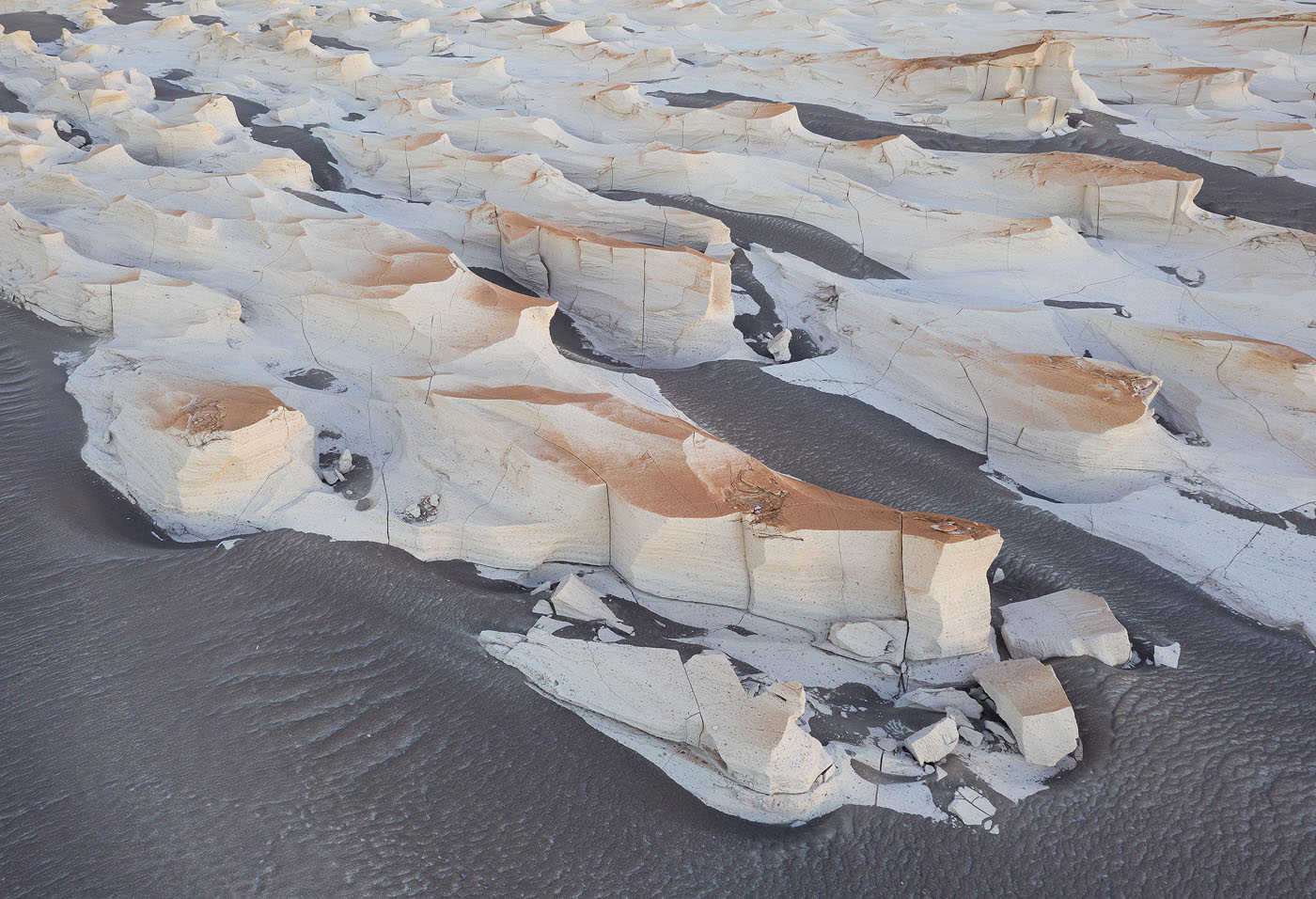
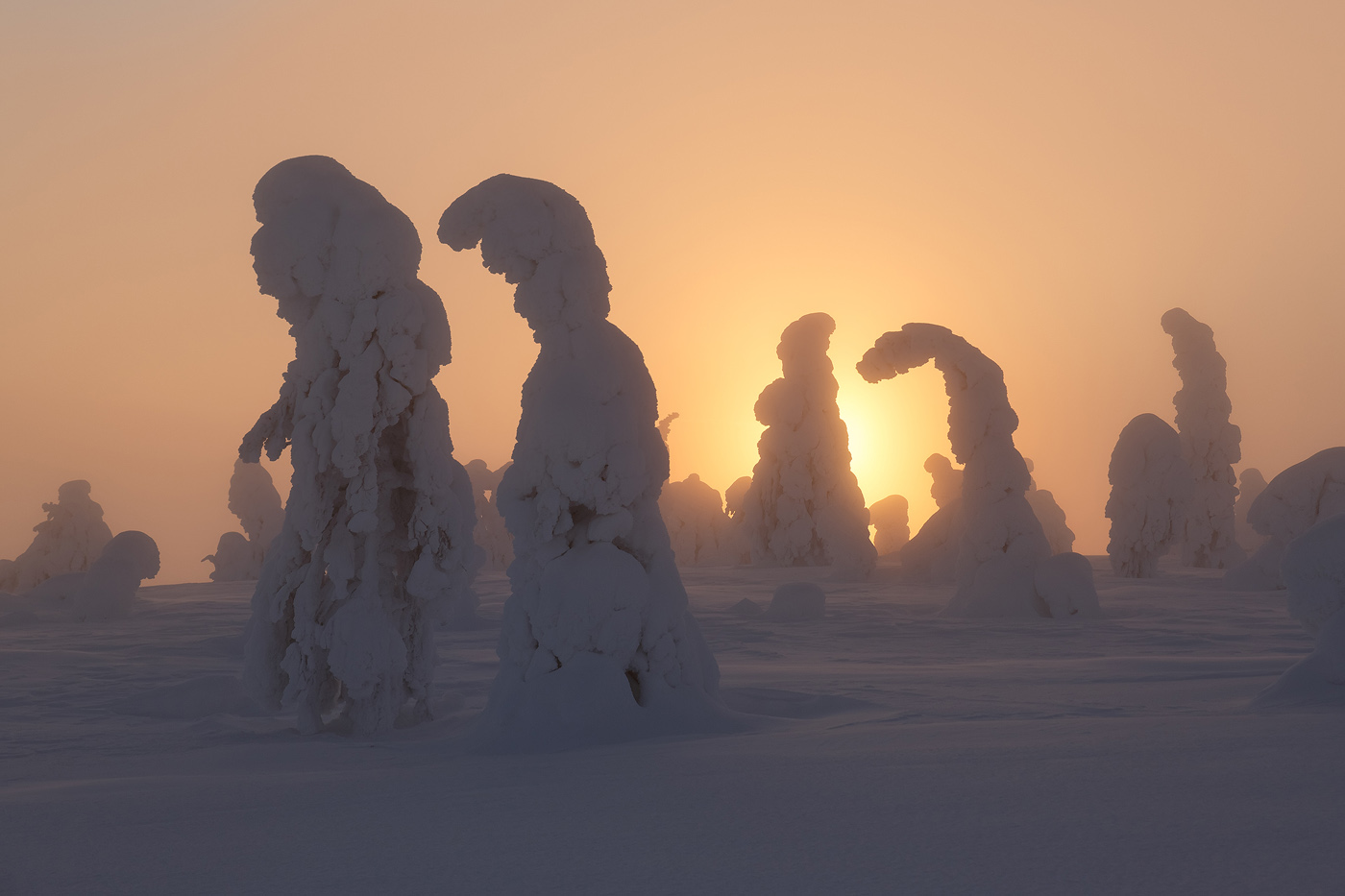
On a final note, I'd like to remind again that this article is in the spirit of discussion. It's not an academic paper. I don't own the notion of originality, but I do often think about it and about how it can be achieved and improved. I am convinced that more awareness and thought can contribute to anyone's photographic journey, and creating something new and exciting is a certain path to that. I'd like to encourage you to seek originality as a deciding and paramount factor in your process. Don't be afraid of it. but rather embrace it and the freedom it brings.
